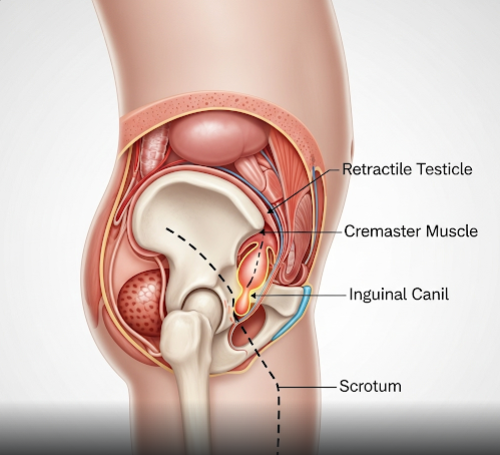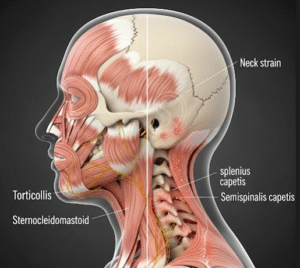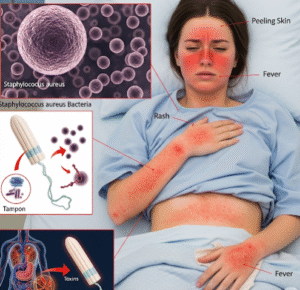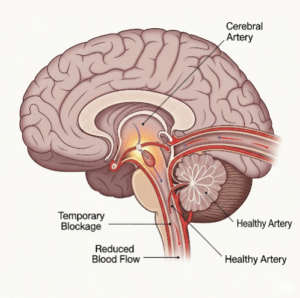Overview
A retractile testicle is a condition in which the testicle moves back and forth between the scrotum and the groin due to an overactive cremasteric reflex. It is common in boys and usually considered a normal variant, though it requires monitoring to distinguish from undescended or undescendable testicles. In Korea, pediatric urology specialists provide careful assessment and management to ensure proper testicular health and development.
What is Retractile Testicle?
A retractile testicle is a testicle that can be manually brought down into the scrotum but may retract back up into the groin when stimulated, such as during cold or touch. Unlike undescended testicles, retractile testicles have descended normally but have a strong reflex causing temporary retraction.
Symptoms
- Testicle not consistently in the scrotum but can be moved there manually
- Occasional scrotal asymmetry
- Usually no pain or discomfort
- No swelling or redness
Causes
- Overactive cremasteric reflex, a muscle reflex that pulls the testicle upward
- Normal variation in testicular positioning during growth
Risk Factors
- Typically affects boys during childhood and adolescence
- Family history of testicular conditions may be relevant
Complications
- Usually benign and resolves with age as the cremasteric reflex lessens
- Rarely, may be associated with increased risk of testicular torsion (twisting)
- Requires differentiation from retractile testicle and undescended testicle to avoid misdiagnosis
Prevention
- No specific prevention required
- Regular pediatric check-ups to monitor testicular position and development
Treatment Options in Korea
Korean pediatric urologists provide comprehensive care for retractile testicle:
- Physical Examination: Detailed clinical evaluation to distinguish retractile testicle from undescended or ectopic testicles.
- Ultrasound Imaging: To assess testicular anatomy and position if diagnosis is uncertain.
- Observation: Most cases are managed conservatively with regular monitoring as many retractile testicles descend permanently with age.
- Surgical Intervention: Rarely needed; considered if the testicle becomes undescended or if complications arise.
- Parental Education: Guidance on monitoring testicular position and when to seek further medical advice.













